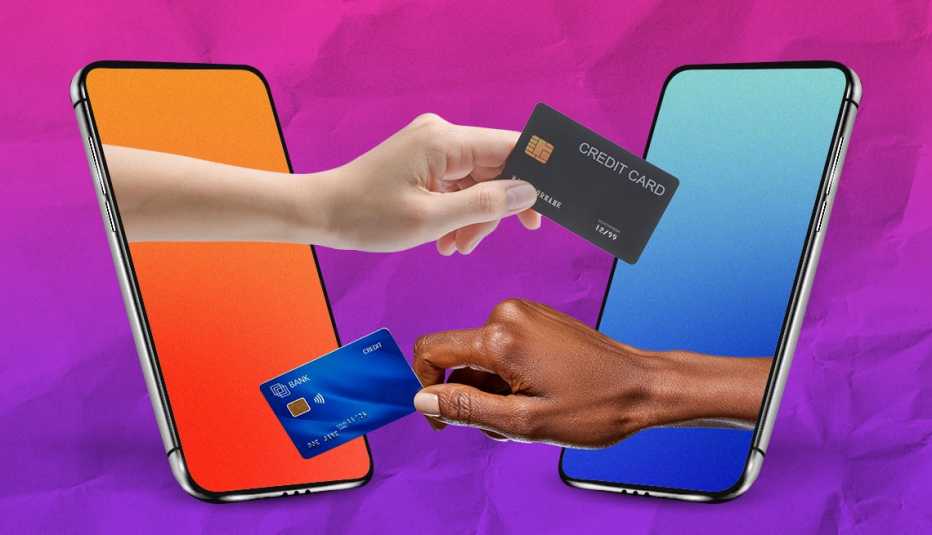AARP Hearing Center


Choosing a mobile phone plan is a lot like ordering pizza.
The task is straightforward until you realize the number of choices. Picking the right cellphone plan for your lifestyle and budget can be overwhelming.
Not everyone needs the same services. Some use their device only to talk or text and don’t care to explore the free features hidden in their smartphones. Others need a robust data plan to browse the web, download apps, post to social media, read email, shop online and stream music while on the go.
The four largest carriers — AT&T, T-Mobile, UScellular and Verizon — and many of the smaller resellers known as mobile virtual network operators (MVNOs) have voluntarily adopted a 12-point consumer code created by their trade group, CTIA — The Wireless Association, originally known as the Cellular Telephone Industries Association. The disclosures include rates and terms of service, access to customer service, coverage maps and a trial period during which you can switch without penalty if you decide you don’t like the provider.
But what doesn’t exist is an easy way to compare plans, similar to the broadband “nutrition labels” that Federal Communications Commission (FCC) will be requiring of the largest internet providers starting April 10. Here’s how to do your cellphone homework.
1. Determine what you need
Mobile phone plans usually offer two buckets of service: One bucket is talk and text. Text will sometimes be referred to as SMS, an acronym that stands for short message service. The second bucket is data, what you use when you access the internet to browse the web, post on social media and read email when your phone is not hooked up to Wi-Fi.
While most plans include unlimited talk and text, you’ll pay more for unlimited data, which allows you to get on the internet when you’re away from home.
“It’s important to first know what you need,” says Lisa Eadicicco, senior editor at the tech website CNET. “Take a look at how much data you’re already using before you consider switching plans [or providers] so that you’re not overpaying for what you don’t need.”
But you also don’t want to be stuck with too little data, she says.
Do you like to watch video while waiting to board a plane or sitting in a doctor’s office? Do you use your phone’s map apps to navigate to new places? Are you listening to your playlists from Amazon Music Unlimited, Apple Music or Spotify as you take a walk around the neighborhood?
All those little habits use cellular data. If you choose a plan that offers less data than you usually use, you’ll get hit with overage fees that could cost you more in the long run.
2. Look at the quality of the cellular signal
Websites may tout a particular cellphone provider as the best in the country, but what really matters is the signal strength in your neighborhood and at places you frequent.
Just about every company offers a coverage map online that allows you to type in addresses, including your own. Search for the name of a carrier and “coverage map,” and you’ll see whether your place, your favorite golf course and your grandkids’ home has strong 5G, 4G LTE or 4G coverage.



































































More From AARP
16 Ways That Smartphones Have Changed Our Lives
Influence has been mostly positive
Use Your Smartphone’s Hot Spot to Connect to Wi-Fi
Many mobile phone and plans now allow this optionSave Some Money; It’s Safe to Get Rid of Your Landline
Old-fashioned telephone lines are becoming more rare